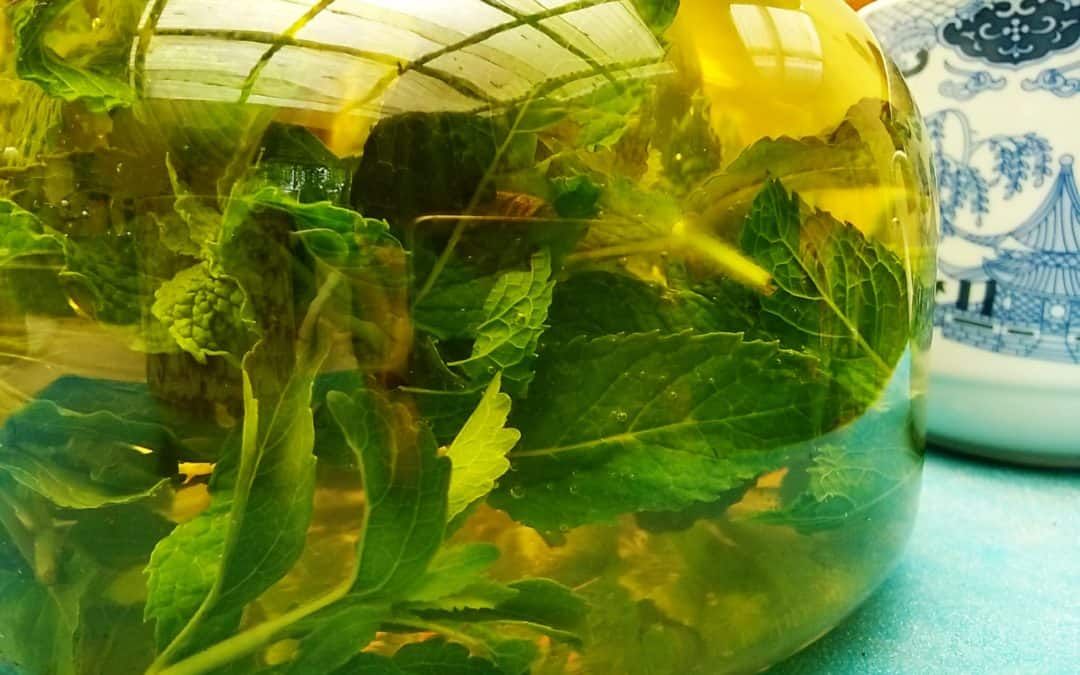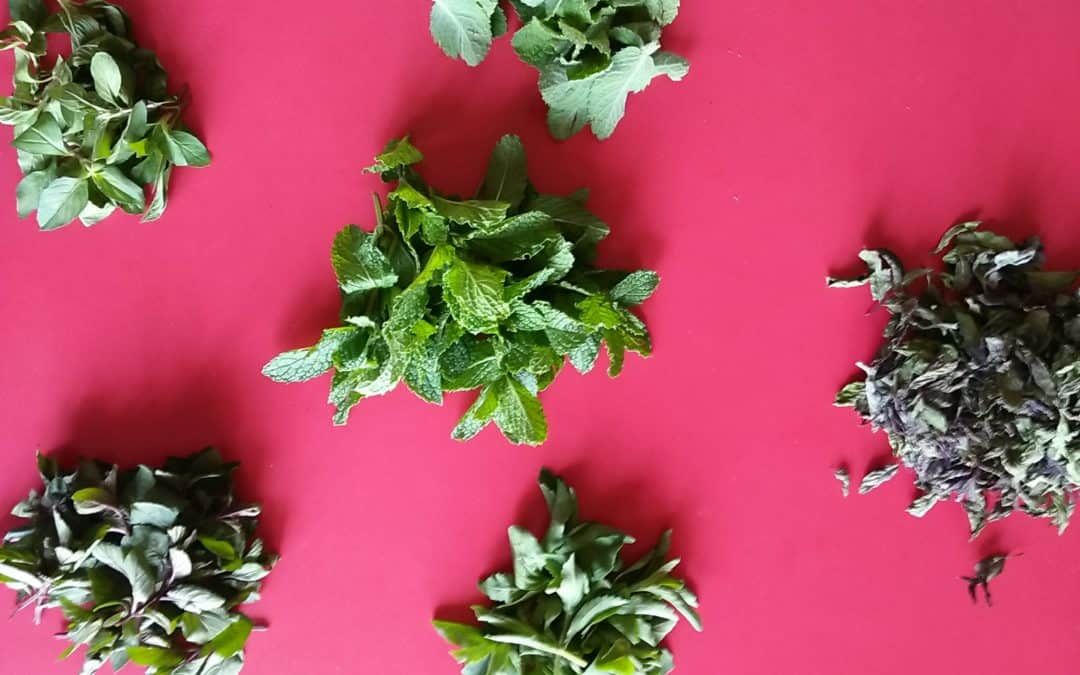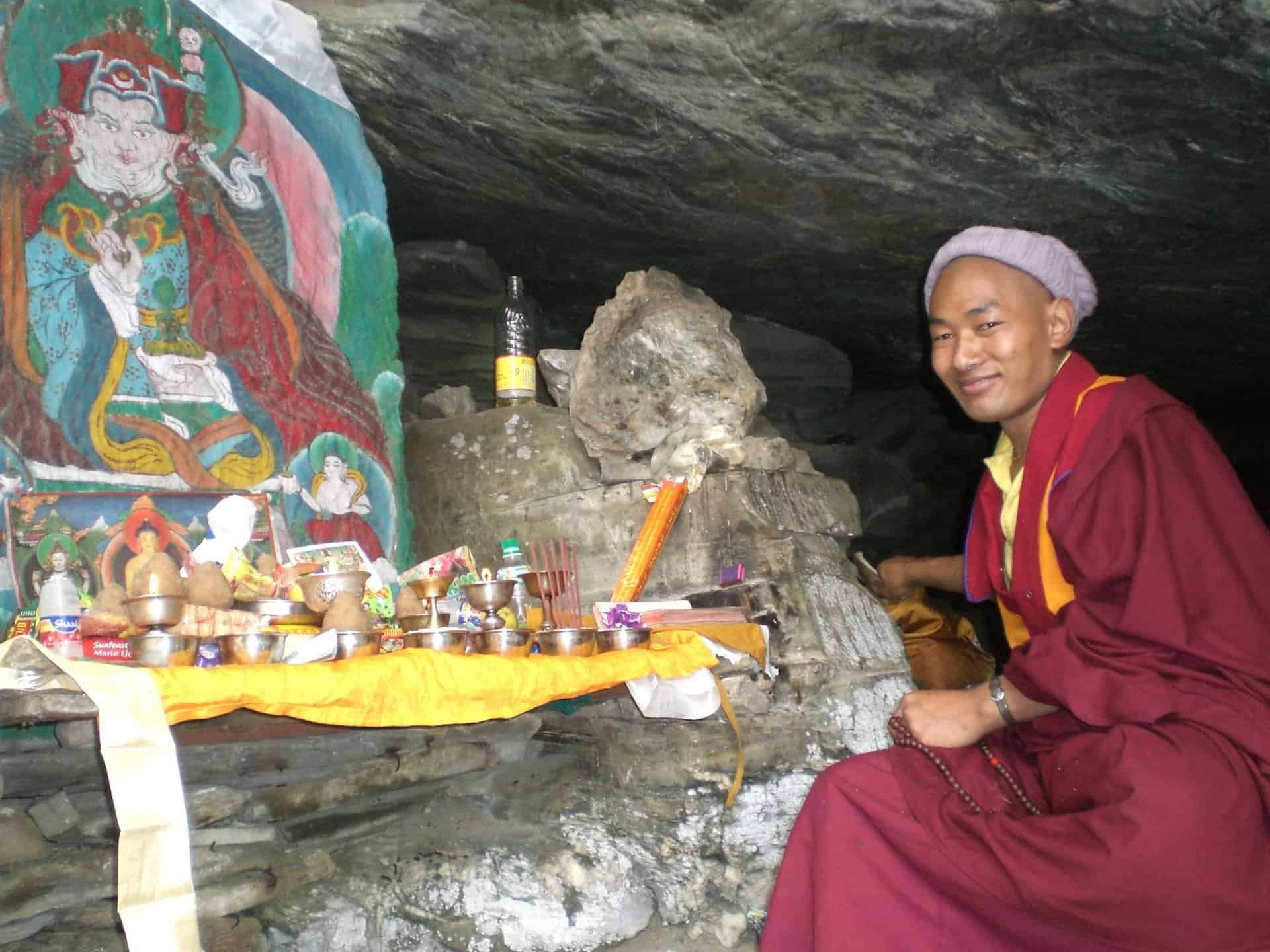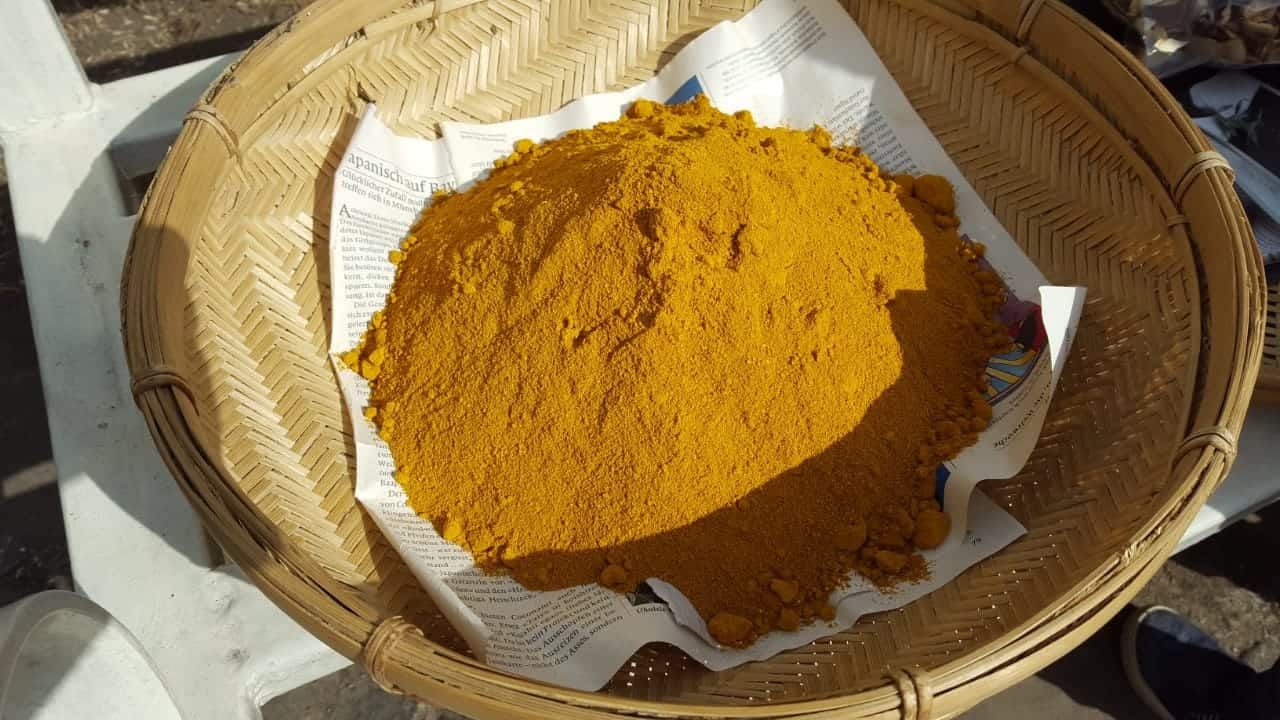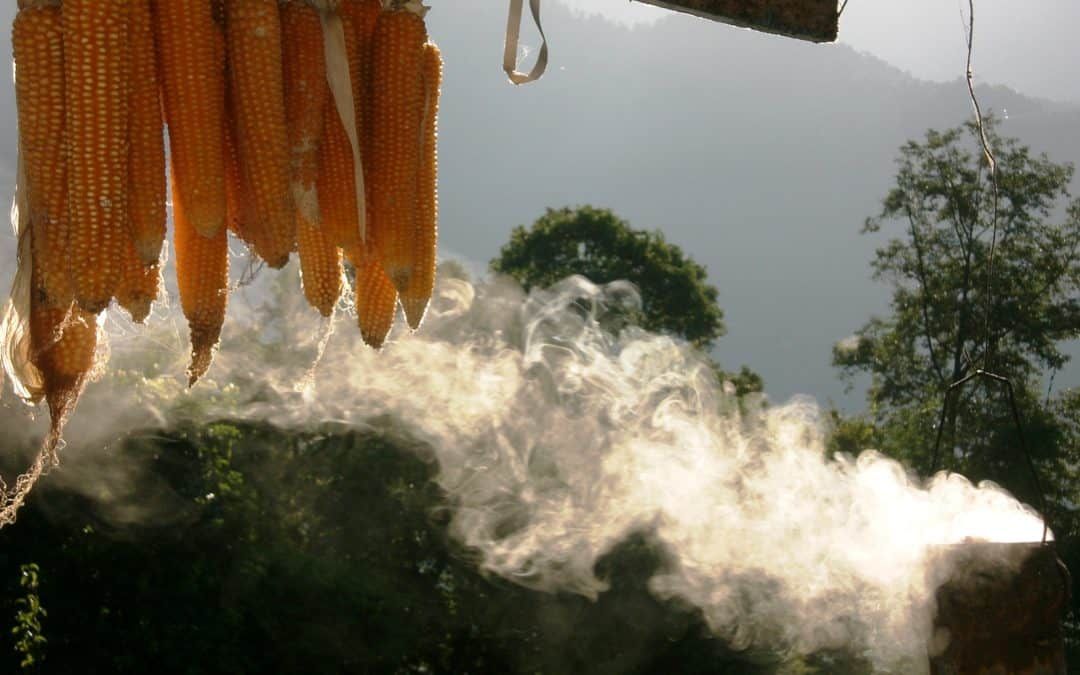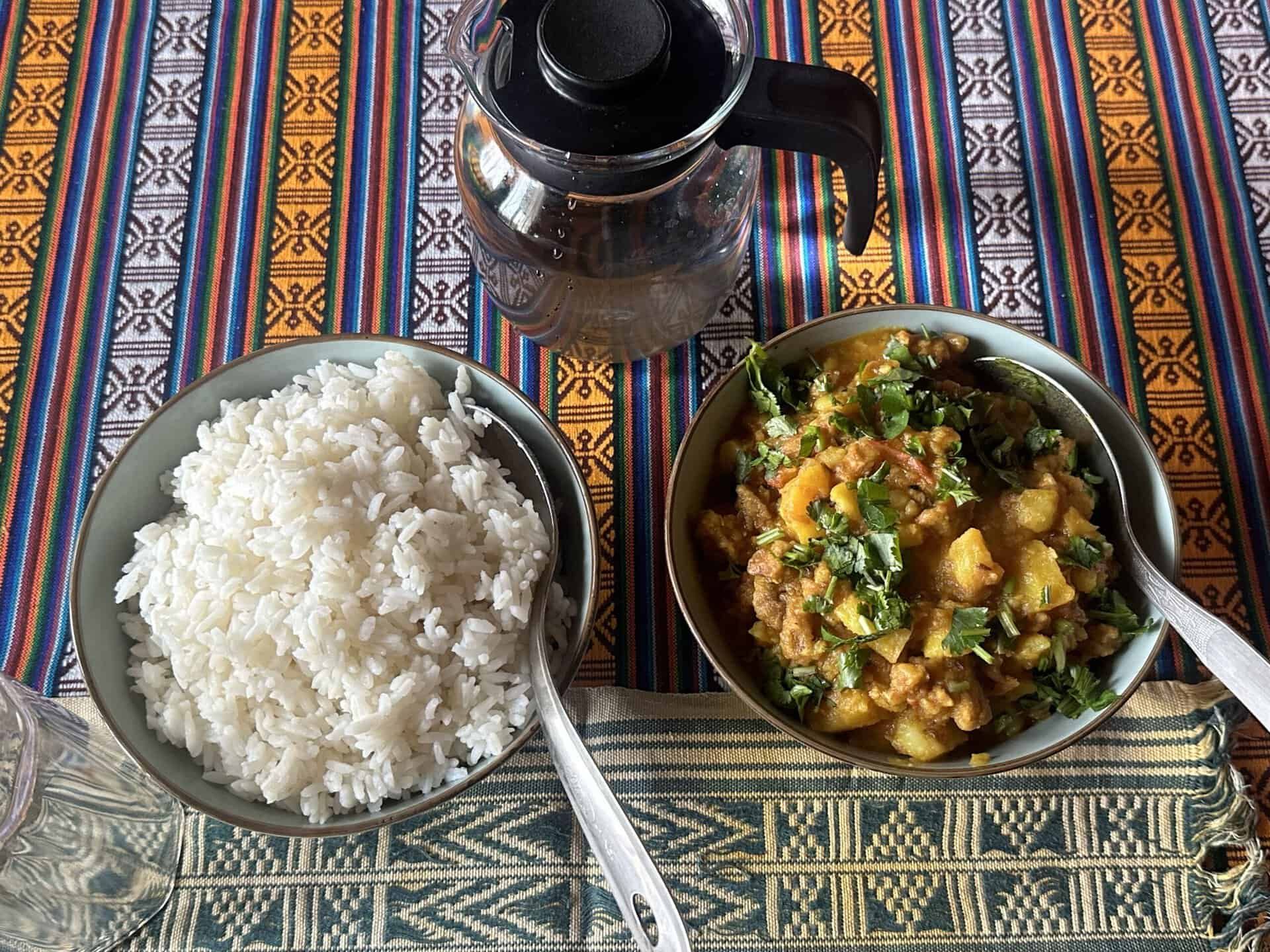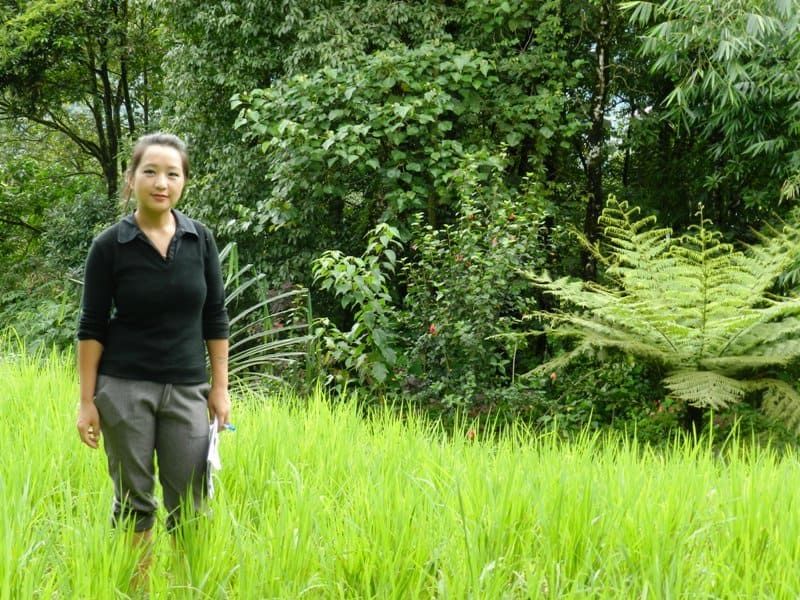The Art of Fermentation in North Eastern India
Fermented Green Leaves, Radish Pickles and Saltless Radish Ferment
Fermentation is an ancient technique that has been used traditionally for food- and beverage refinement and preservation. Technically speaking fermentation is the process of converting carbohydrates to acids or alcohol with the help of certain microorganisms under anaerobic conditions. These microorganisms can be yeast, molds or bacteria such as lactic acid bacteria.
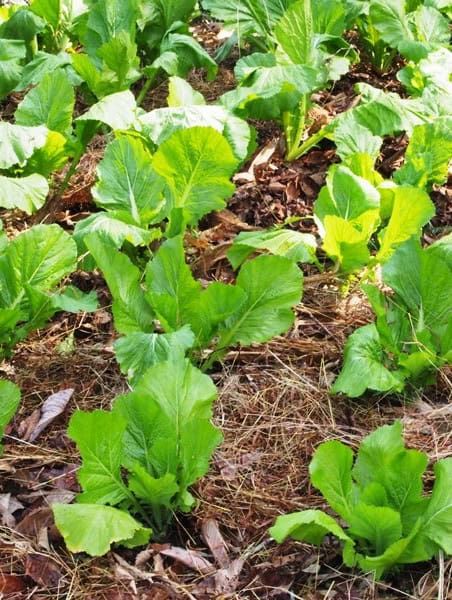
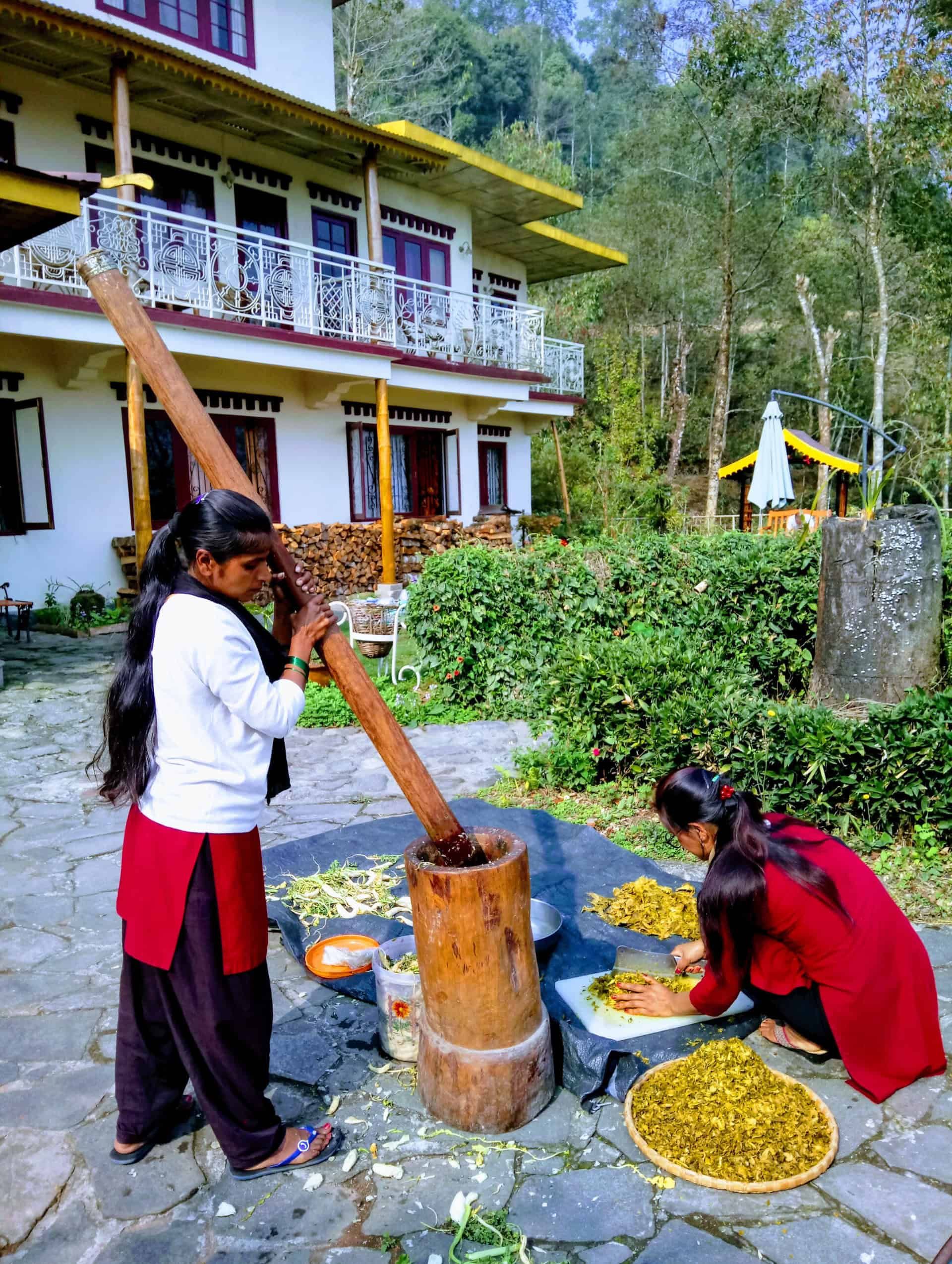
Besides wine, beer, mold cheese and many renowned food items such as sourdough bread, yoghurt and kefir are a result of fermentation. Kimchi (vegetable-ferments of Korea), soy sauce, sauerkraut, kumis (fermented mare’s milk popular in Central Asia and Mongolia), injera (an Ethiopian sourdough flatbread made from teff flour) and achar (Indo-Aryan word for pickles) are examples of fermented foods. In Northeast India the most popular fermented food items include “Gundruk” (fermented mustard leaf), “Sinki” (fermented radish), “Achar” (pickles) and soyabean-paste.
Fermented vegetables are good for health – a blessing for our gut by promoting good bacteria that support the growth of beneficial microbes in the intestine. This helps our digestive system and stabilizes the balance of the gut flora, thus boosting our immune system.
«Gundruk» is a very popular fermented food traditionally used to prepare a tasty soup or pickles in Sikkim, Northeast India and Nepal. It is made by fermenting the leaves of mustard, radish or spinach.
At the Bamboo Retreat we use fermentation to preserve produce from the property’s garden, mostly vegetables. The latest vegetable in season are green leafy vegetables such as a local variety of Brassica juncea, broadleaf mustard (Nepali: Rayo Saag). It grows abundantly in our gardens.
Gundruk not only allows us to preserve leafy vegetables but is also a must-try for any visitor. In addition to providing an authentic ethnic culinary experience, it offers numerous health benefits by supporting digestion and gut health.
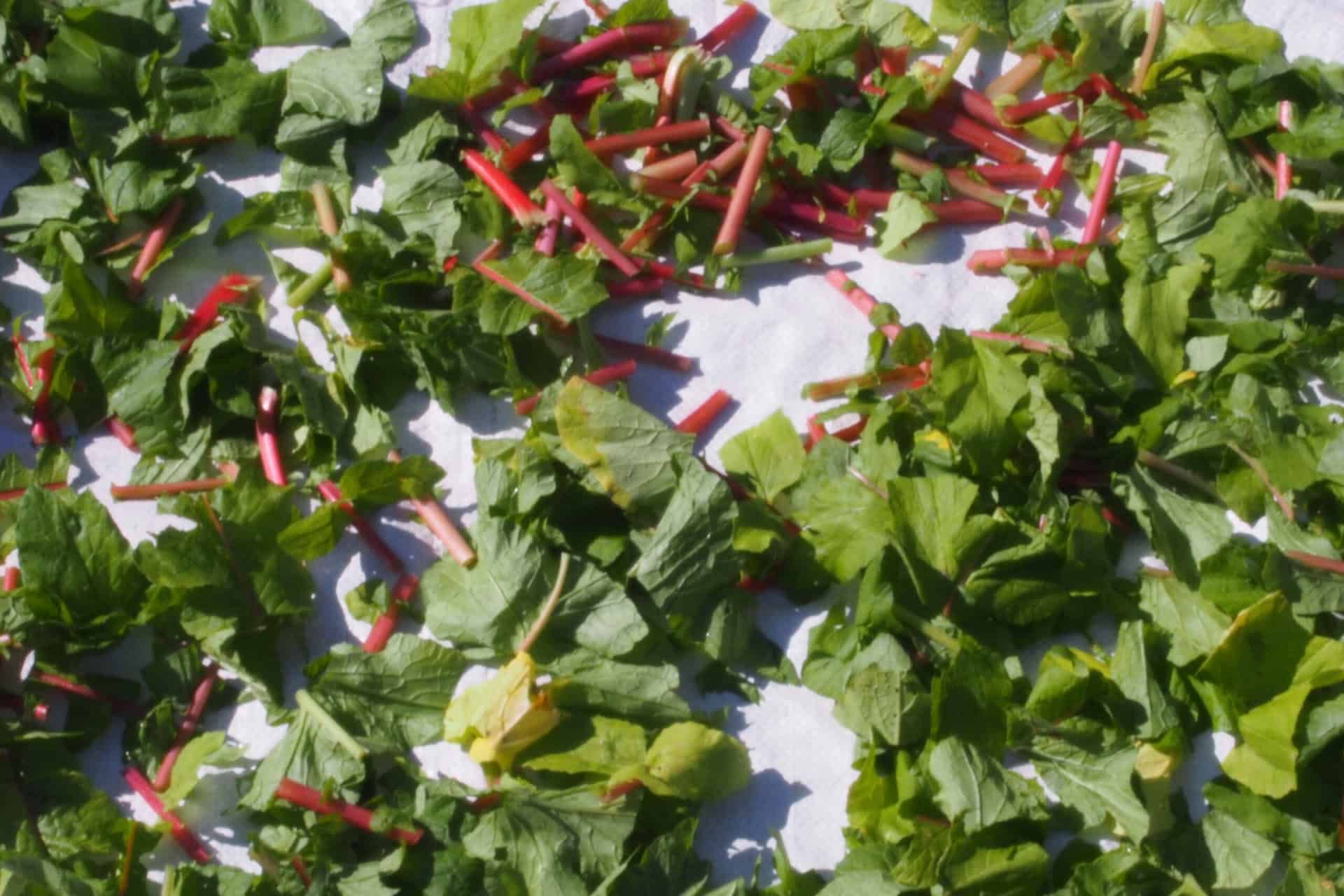
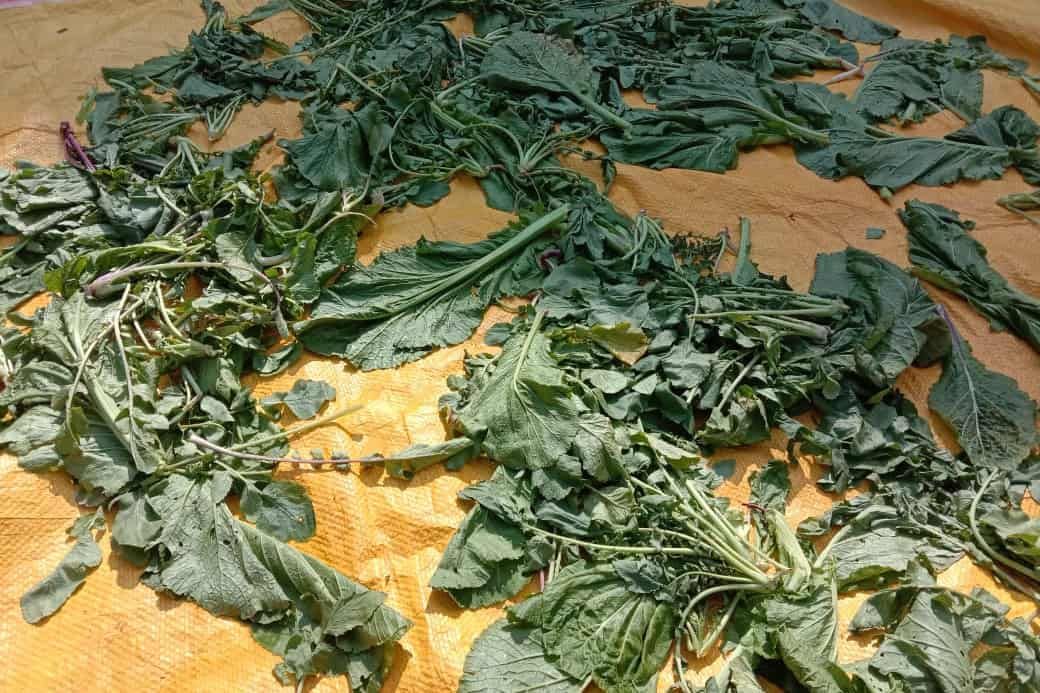
The process of crafting Gundruk
The freshly harvested leaves are washed and chopped into smaller pieces. They are then layed out in the sun and left to slightly wilt for 1 – 2 hours in order to dehydrate them for better and more even fermentation.
Thereafter check the weight of the juicy leaves and weigh salt: It should be 2 – 3 % of the weight of the leaves. Now sprinkle the salt over the wilted leaves and mix thoroughly to help draw out moisture from the leaves. Then the salty crushed-leaf-mixture is packed into a closed, transparent, big-mouthed, clean glass-jar.
It’s essential to press the leaves down to remove air pockets and ensure the leaves stay submerged in their own juices. This helps in the fermentation process. The jar is then placed in the sun or a warm place for about 3 – 7 days. The fermentation time can vary based on the climate.
When the green turns int a light brown and the leaves have developed the desired sourness and tangy flavor, the frementation process is stopped by completely drying the product in the sun. In our experience dried Gundruk can be stored for years.
Gundruk is traditionally used to cook a delicious soup or stew mixed with soyabeans, onion, tomato and ginger. Another way of preparation is to cook it as a curry, mixed with onions and potatoes, served with steamed rice.
At Bamboo Retreat guests can seasonally enjoy traditional organic Gundruk soup or taste Gundruk pickle: Both are tasty specialities and popular tastes of Sikkim ethnic cuisine.
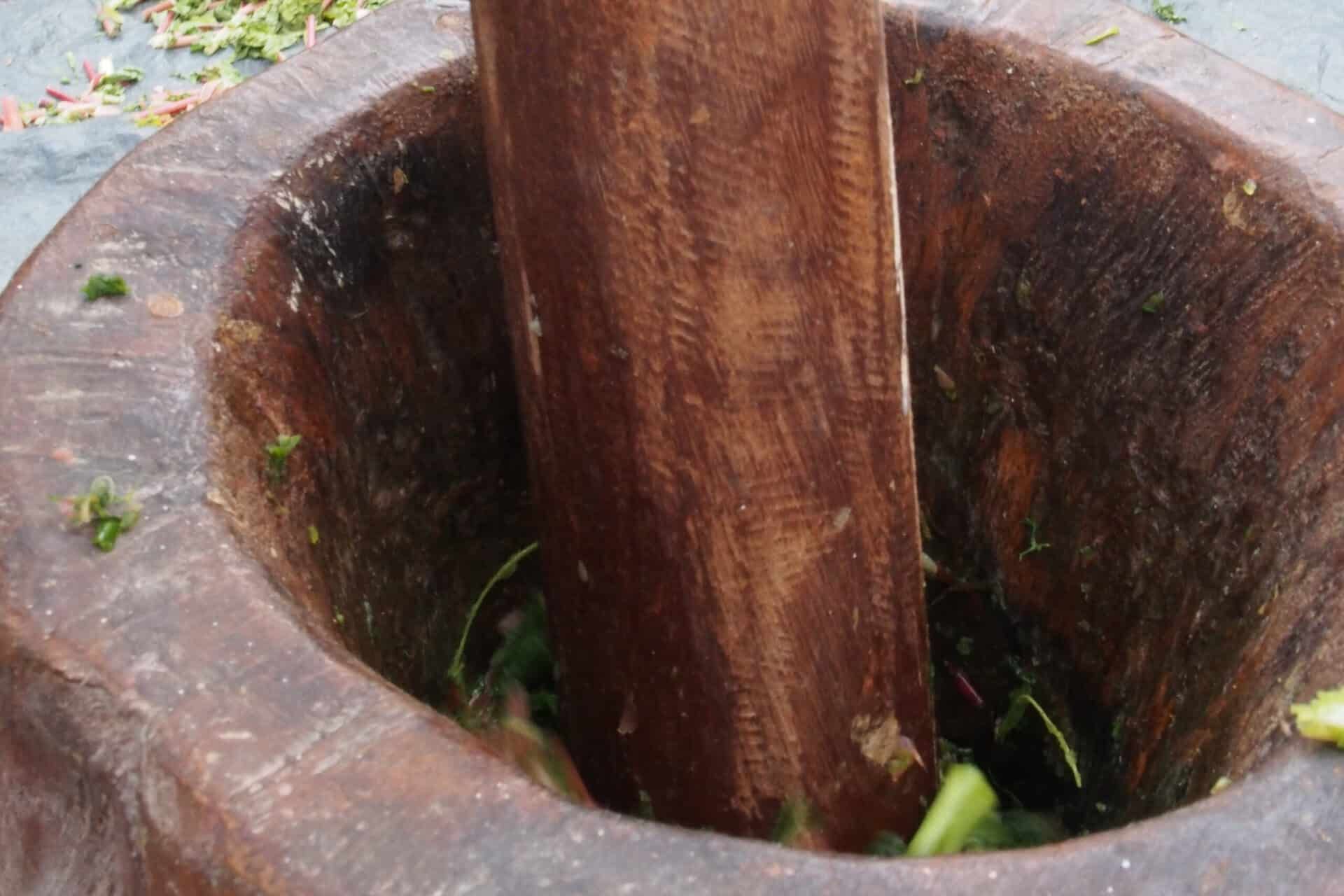
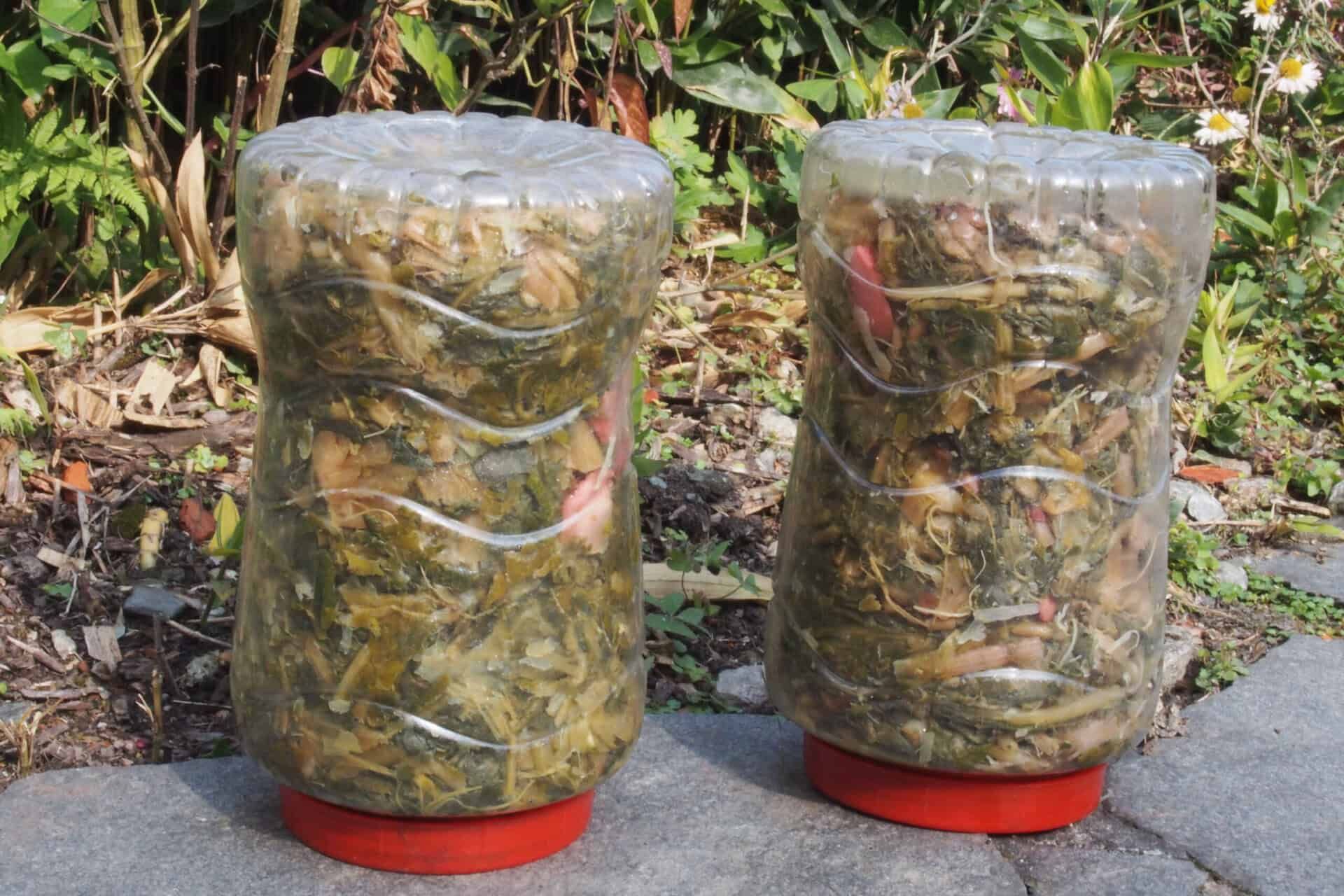
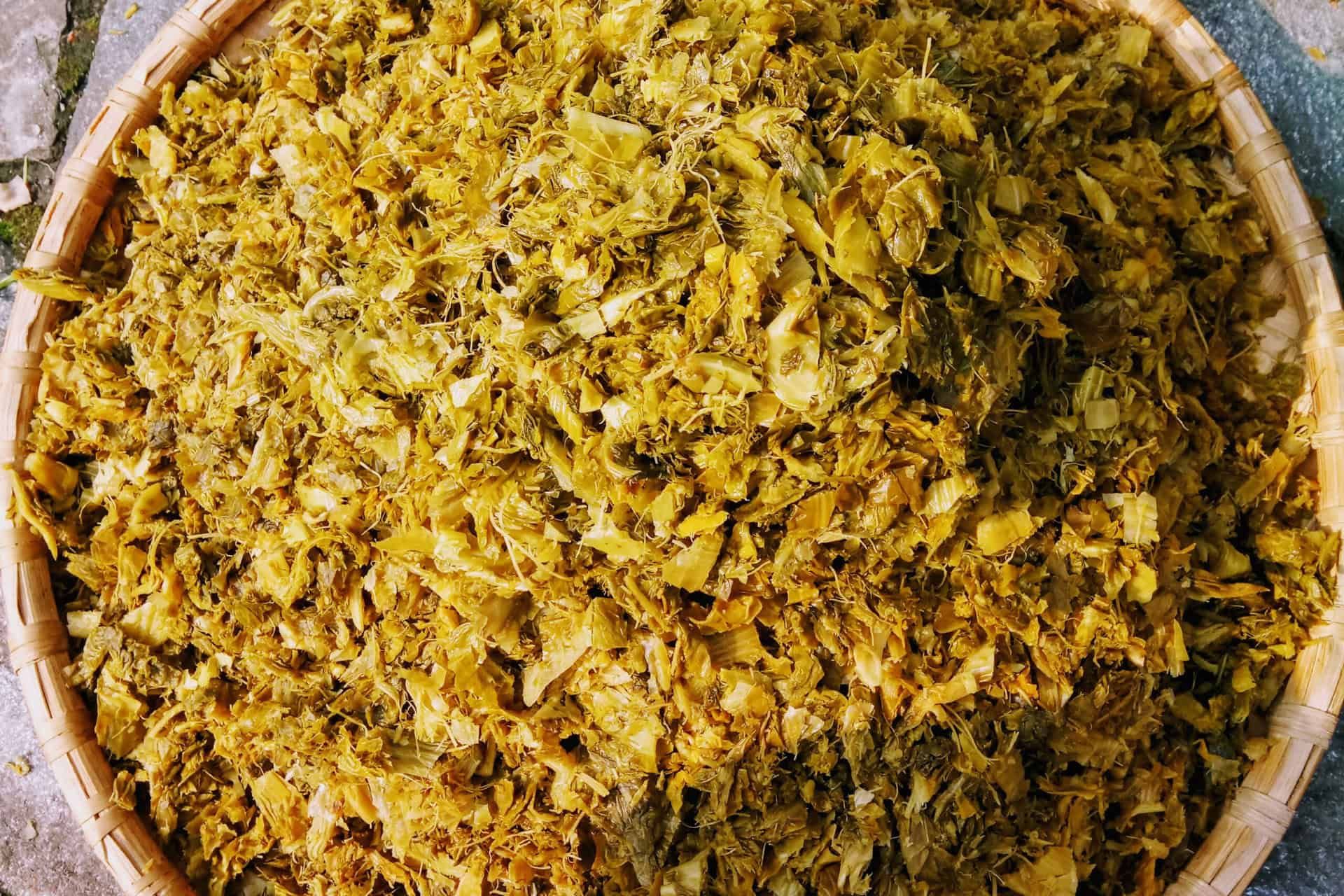
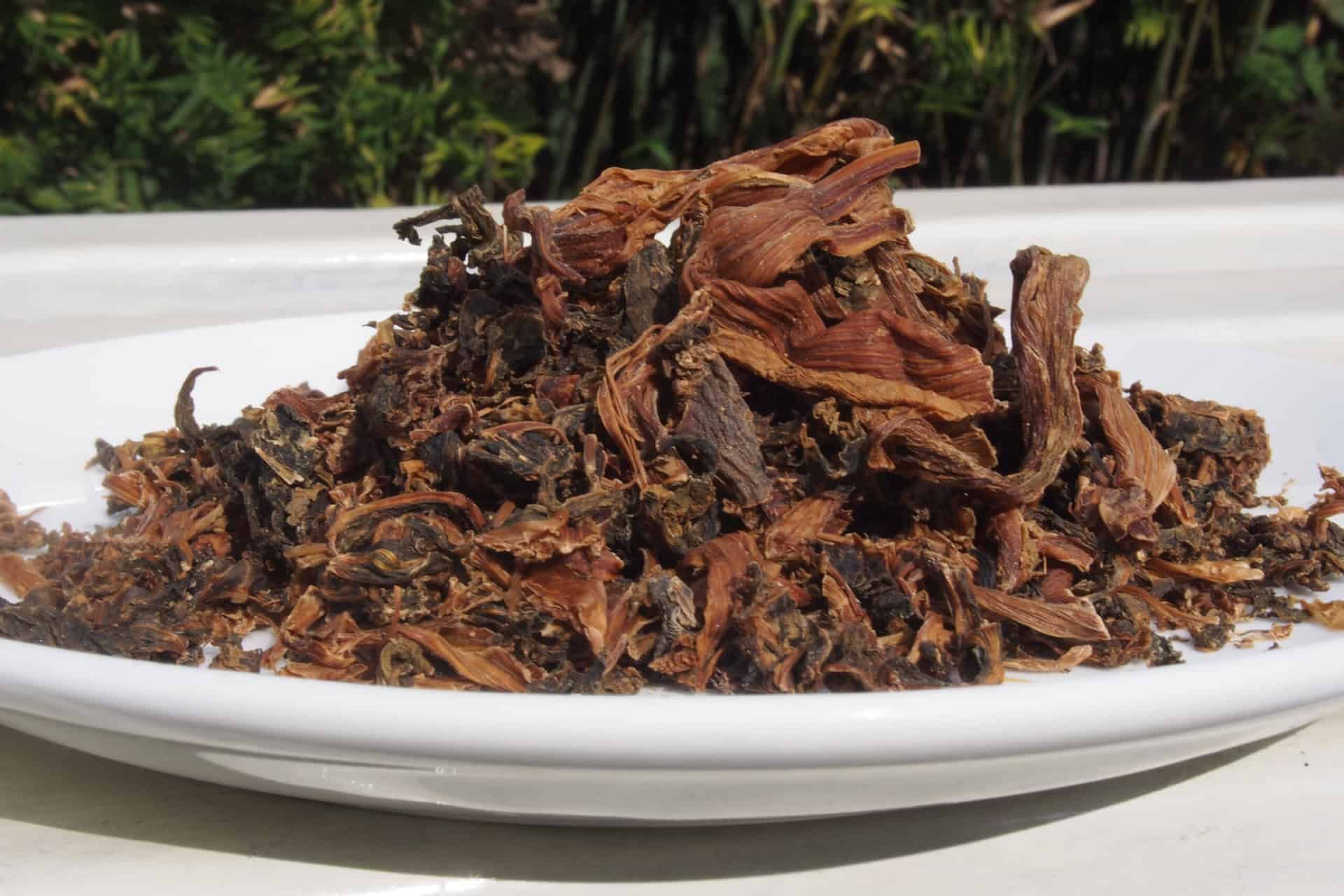
Gundruk Soup Recipe
- Crush dried Gundruk
- Heat a pot and add some oil; ad some fenugreek seeds and chopped green onions and stir till light-brown
- Ad a pinch of turmeric-powder, a bit of ginger- or garlic paste and salt to taste
- Ad finely chopped tomatoes and stir for a while
- Ad crushed Gundruk while stirring to mix it well with tomatoes and spices
- Ad water and boil until the aroma unfolds
- Garnish with coriander or spring onions, serve hot.
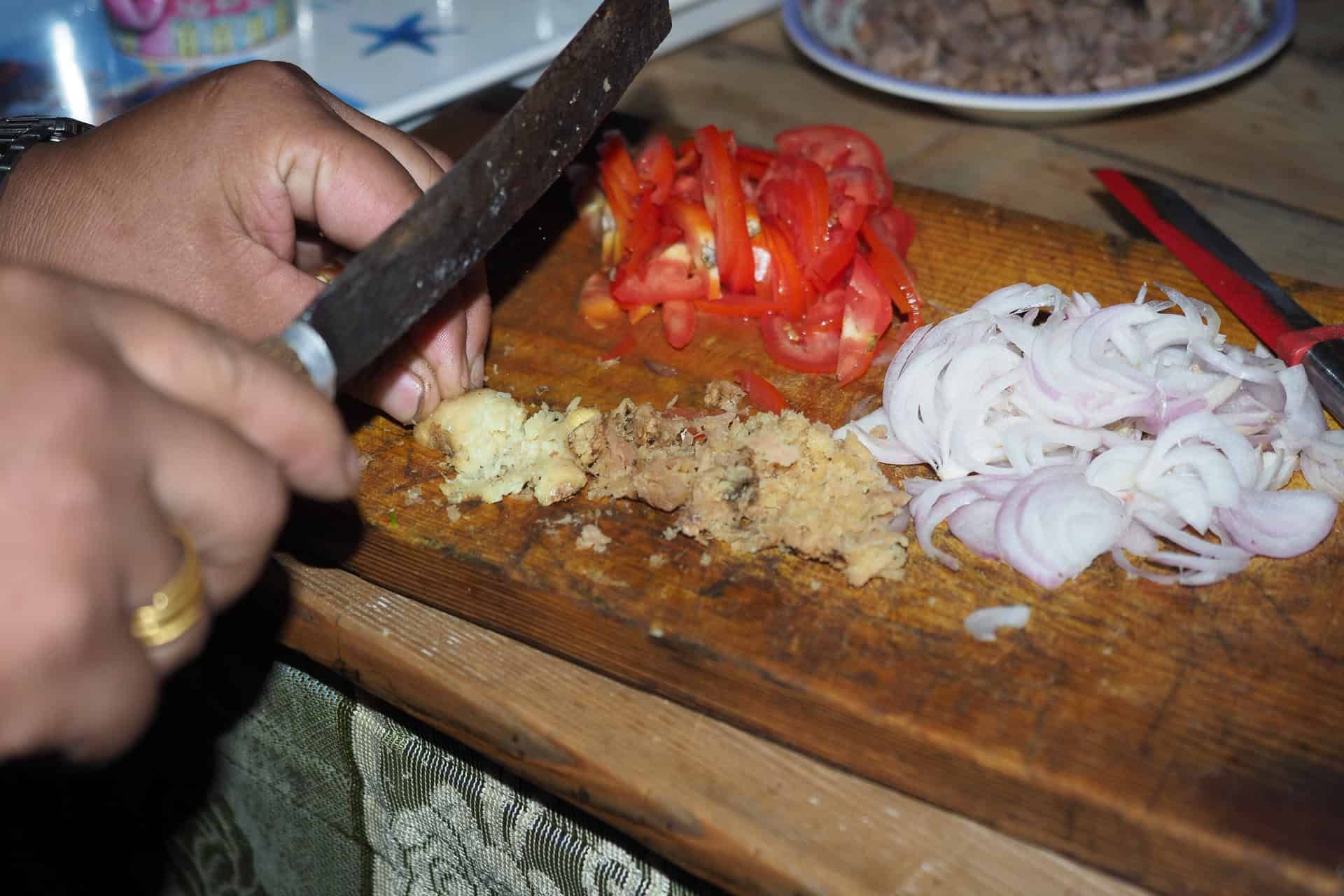
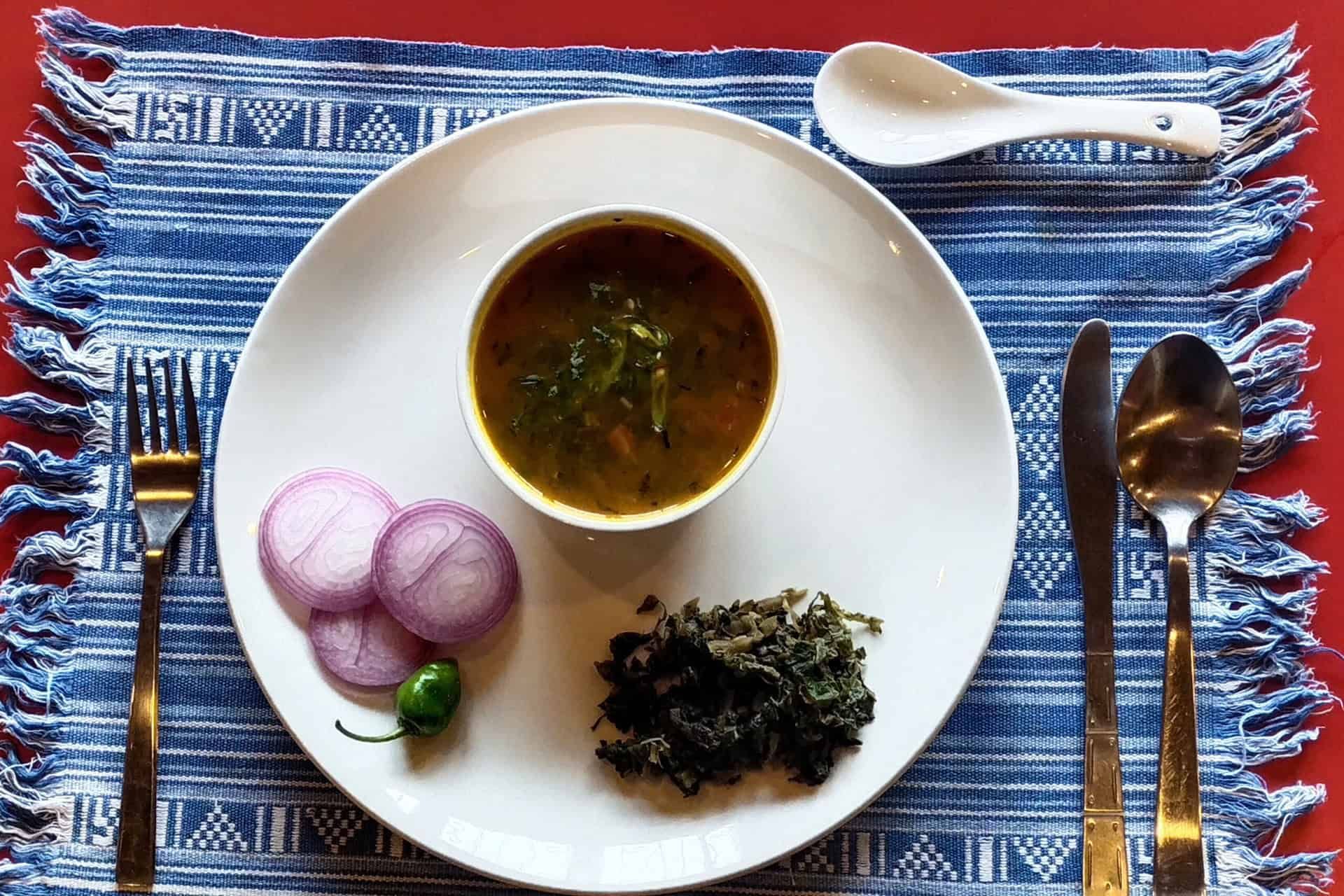
Radish pickle is another must-have variety of local ferments proudly crafted and appreciated by every home in the region. Radish is also a winter vegetable cultivated at Bamboo Retreat. Radish is eaten raw as salad, cooked as curry or made into pickle.
To prepare radish-pickle, freshly harvested matured radish is washed and cut into the desired shape, then kept to partially dehydrate in the sun for at least 3 days in full sun.
In a second step, mustard oil is mixed with salt, turmeric, chili and ground “panch phoron”, a spice-blend meaning “five spices”. This spice-blend is made up of equal parts of cumin, brown mustard, fenugreek, nigella and fennel. The radish is then mixed with the mentioned ingredients and filled into glass containers. These are kept in the sun to allow the fermentation process to unfold.
When the pickles are deemed ready the containers are moved to cold storage where they can be kept for months.
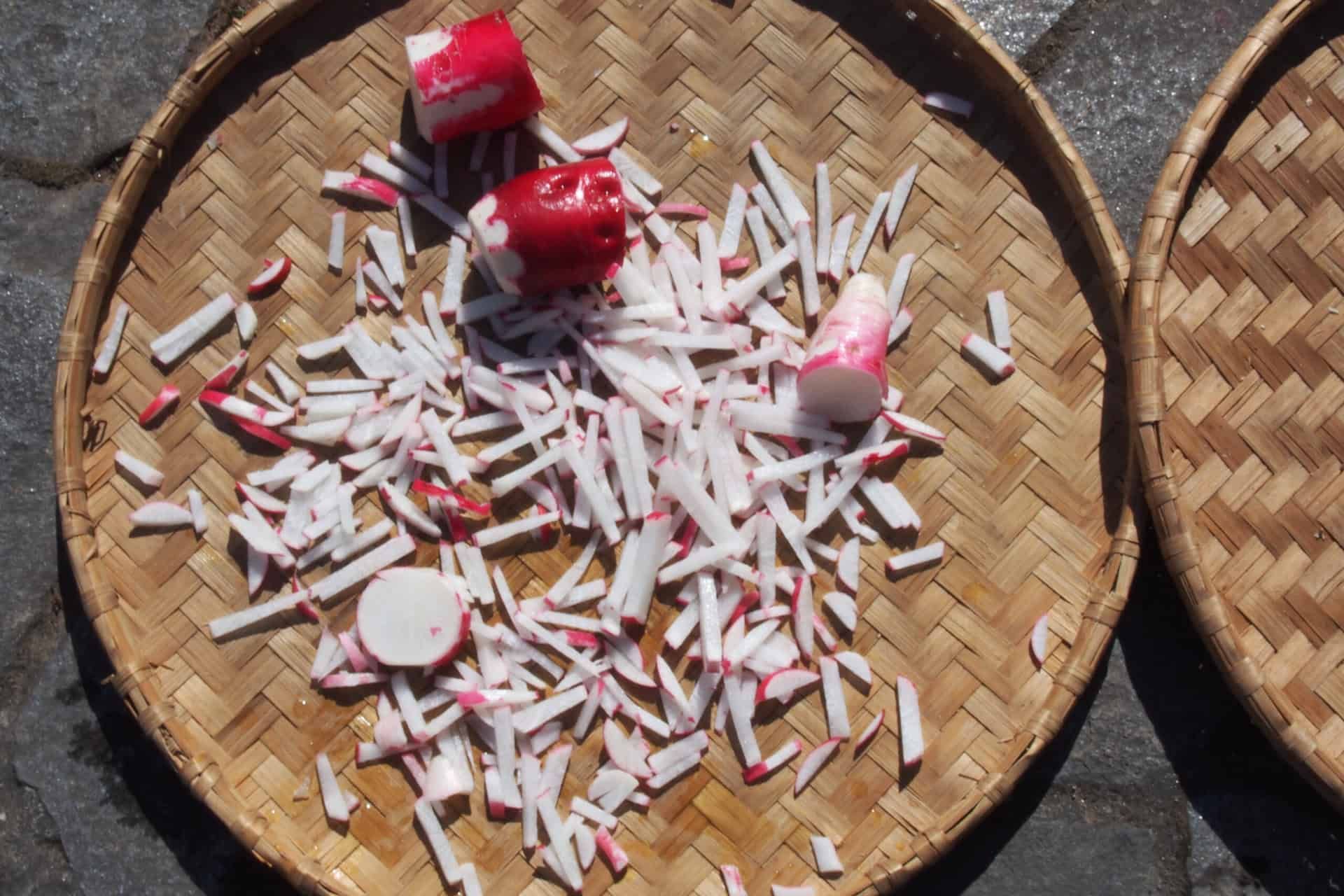
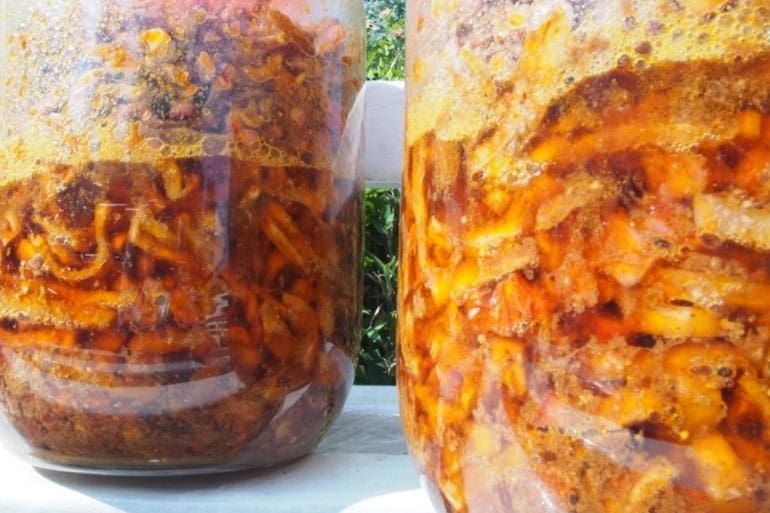
“Sinki” is a type of non-salted fermented edible made primarily from radish-roots. The process of fermentation involves sun-drying crushed radish-roots to partially dehydrate them and then allowing them to ferment for couple of weeks. As the radish ferments, it transforms into a tangy, flavorful and slightly sour delicacy. Once the fermentation process has transformed the radish into a tangy, flavorful and slightly sour delicacy the process is halted by fully drying the product in the sun. Similar to Gundruk, Sinki can then be used for cooking or stored.
Sinki can be thought of as a fermented radish pickle. But its unique saltless preparation and the natural fermentation process set it apart from more conventional pickles. It is commonly prepared in the hilly regions of Nepal and Northeast India. In Sikkim Sinki enjoys great popularity. In regions where radishes grow abundantly, Sinki as well as Gundruk are a way to preserve food for the long winter months when fresh produce is scarce.
Traditionally, Sinki is used to prepare soups and stews and often served along with rice and lentil soup (dal-bhat). Its tangy and sour flavor complements the mild taste of rice and lentil-sauce (dal-bhat) perfectly. Like other fermented foods, Sinki is also often eaten as a pickle, enjoyed with meat dishes or as an accompaniment to a traditional meal.
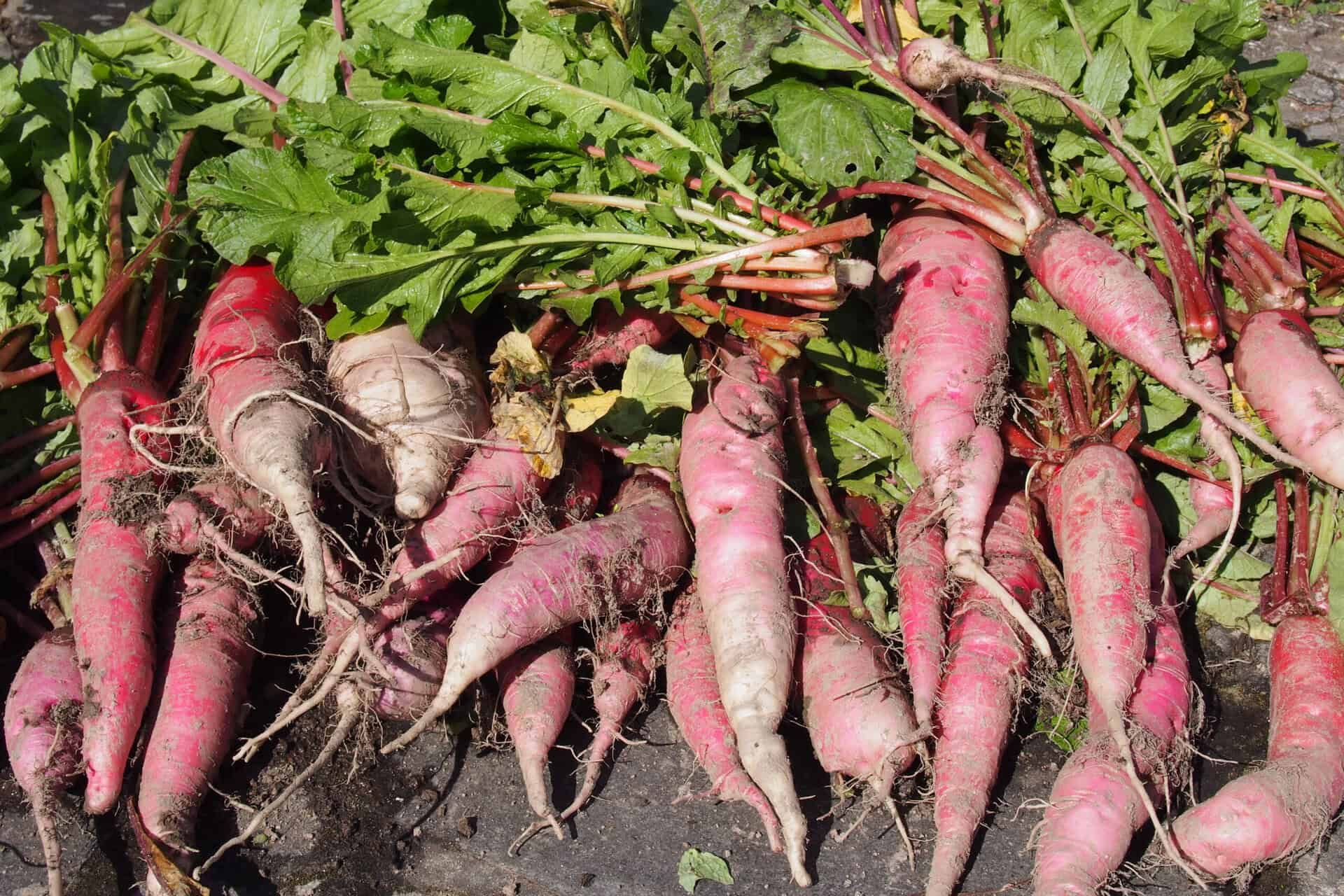
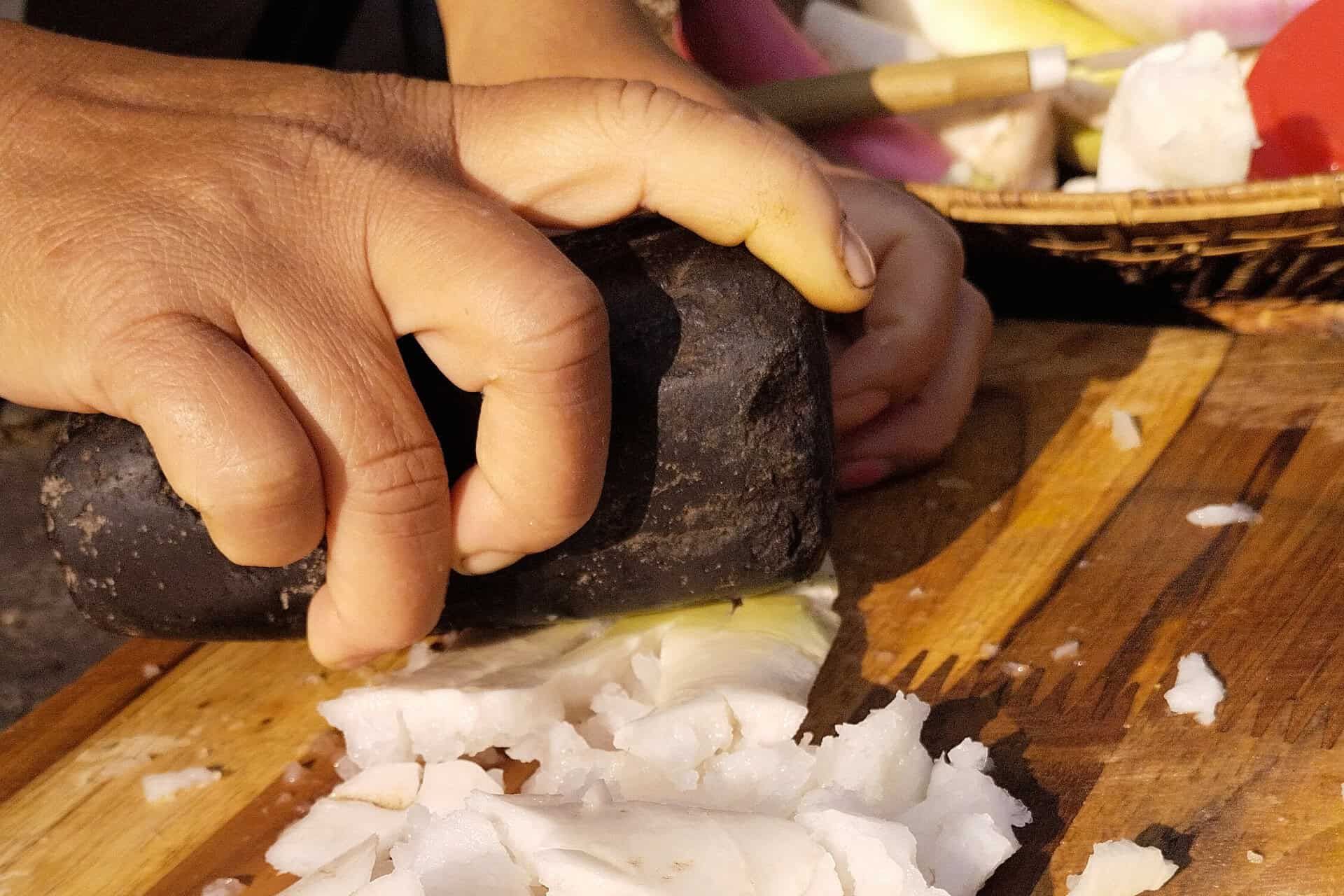
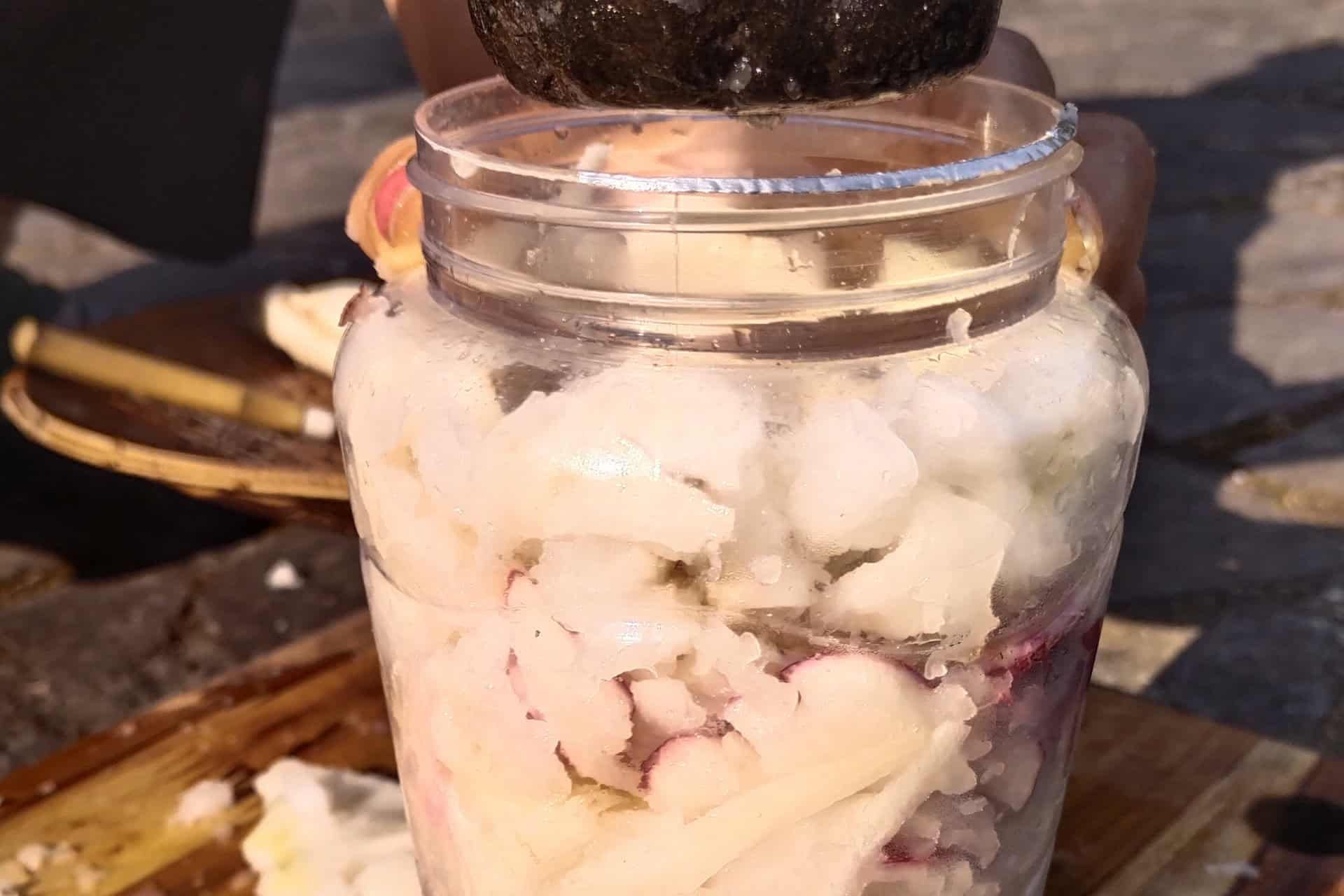
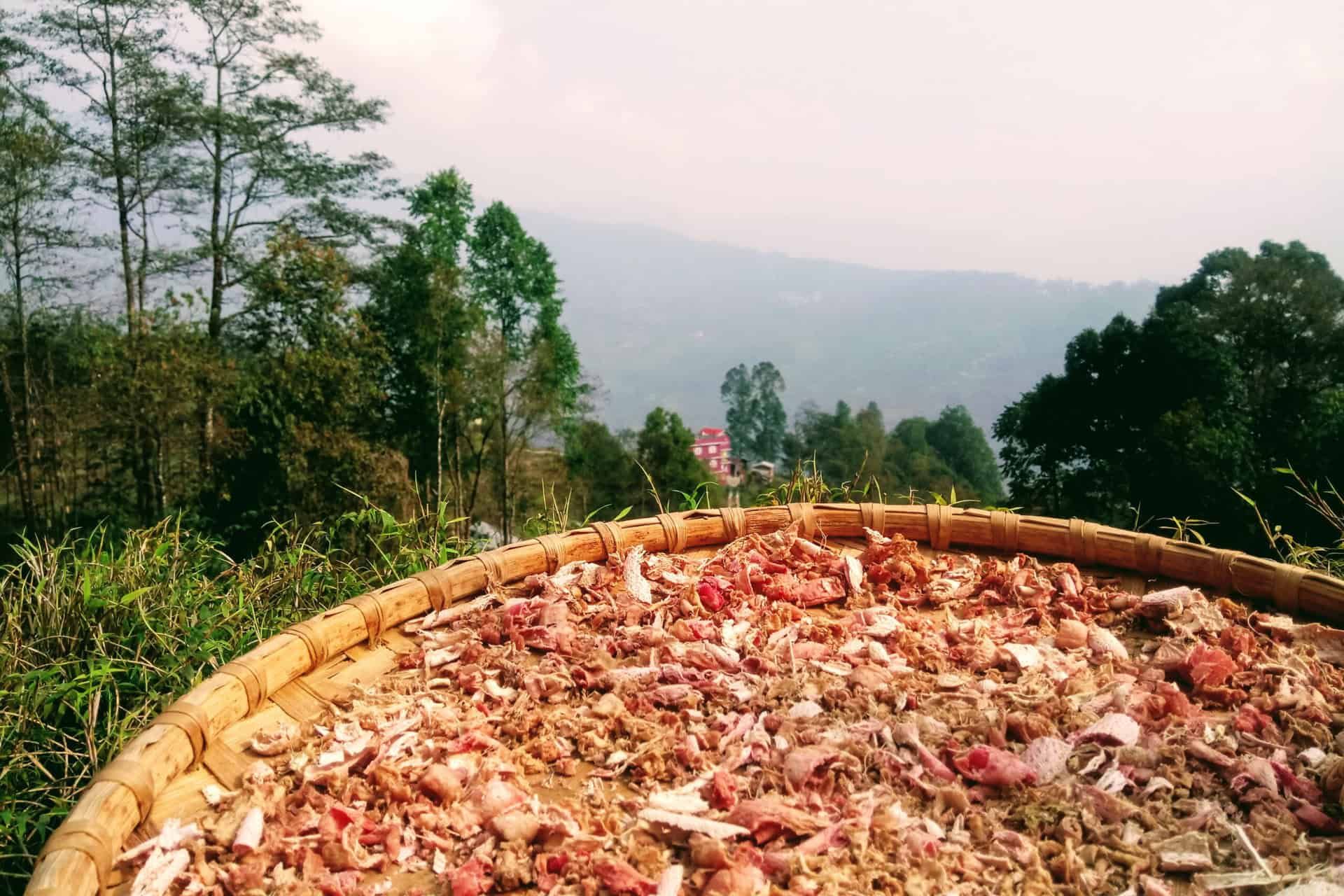
Preparing Sinki is a time-intensive hands-on process, typically mutually crafted by families or communities during the winter months when radishes are in abundance.
Food-processing activities, such as preparing ferments together, offer families the opportunity to bond and work collaboratively, fostering stronger connections. Shared tasks promote communication, teamwork, and a sense of unity, not only within the family but also with the wider community. By preserving and passing down cultural food practices, families strengthen their sense of identity and harmony, creating lasting memories and traditions.
By following fermentation techniques for harvest-preservation, the Bamboo Retreat contributes towards the preservation of local knowledge and cuisine while offering our guests the opportunity to taste traditional flavors. As an added benefit, the daily consumption of fermented edibles are powerful probiotics that help boos our immune system.
